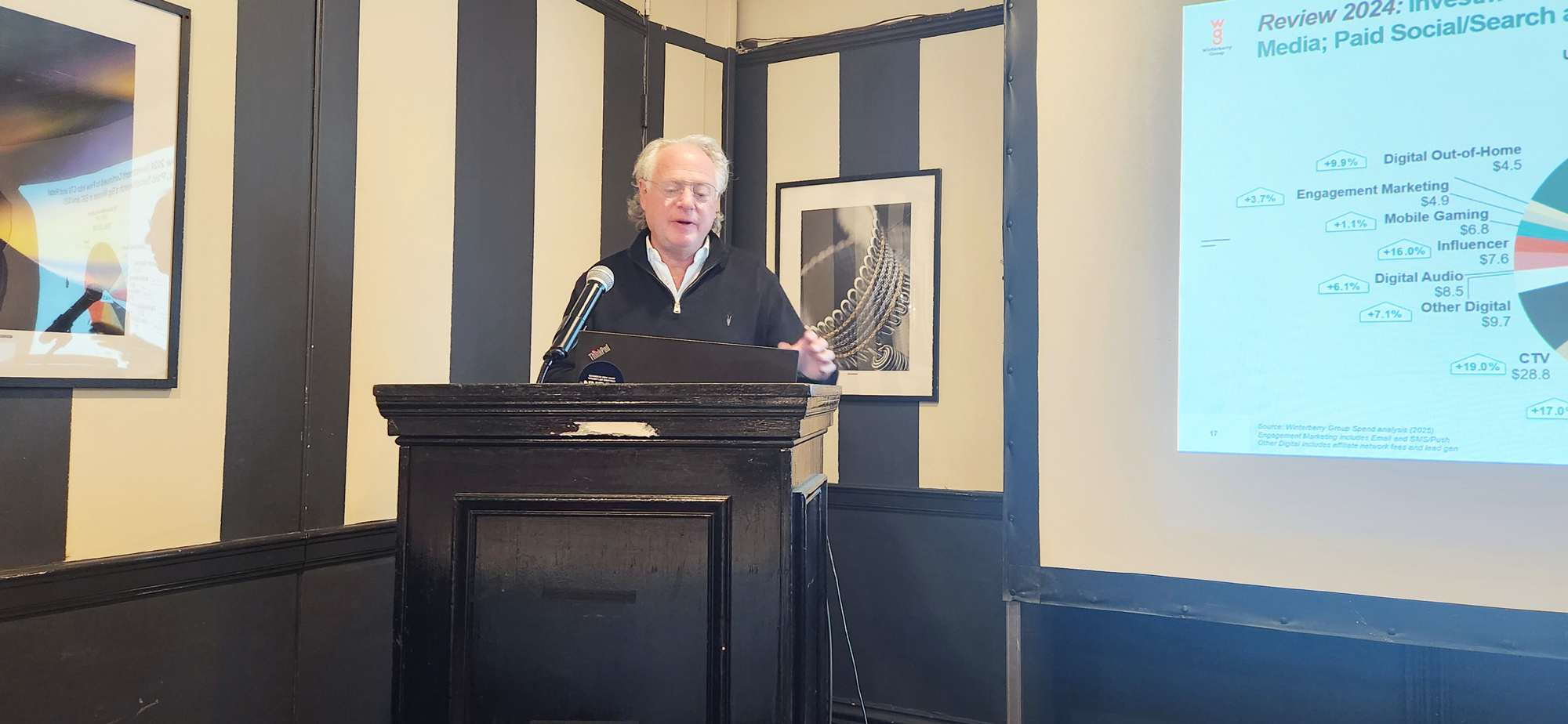

Every type of digital advertising is susceptible to fraud, a practice that’s estimated to cost the industry $100 billion by 2023. What does this mean for you as marketers? Well, data shows that if you don’t fight ad fraud, you miss out on up to 6% in return on ad spend (ROAS). Essentially, you’re running your ad operations with the parking brake on.
Despite this, the marketing industry remains shockingly ambivalent to the threat of ad fraud. Whether they simply accept it as an inevitable part of digital marketing or ignore it hoping it’ll solve itself, one thing is for certain: Ad fraud isn’t going away on its own. And it’s holding you back from achieving your KPIs and reaching your true potential.
What exactly is ad fraud? A common definition of ad fraud is any activity that attempts to defraud digital advertisers for financial gain.
There are multiple methods and techniques that both fraudsters and competitors use to interfere with digital advertising campaigns, ranging from leveraging bots and click farms, to developing fraudulent schemes like click spamming, click injections, and clickjacking. Ad fraud techniques are also becoming increasingly more sophisticated, making detection and prevention even more difficult.
The true impact of ad fraud
Data shows that marketers without a robust fraud prevention strategy miss out on a ROAS boost of up to 6%. On top of that, their CAC is elevated by as much as 5%. So, how does ad fraud cause these shocking numbers? In three ways: wasted budgets, skewed data, and unattainable goals.
Advertising budget losses
Industry benchmarks show that about 25% of all ad spend is lost to ad fraud. In essence, fake engagements with ads lead to wasted money that could have been spent reaching real users. Since fraudsters receive payouts, this can also be considered theft of real conversions.
Skewed performance data
Invalid traffic caused by ad fraud affects an organization’s ability to access real data and analytics. Marketers use data to influence future campaigns and ad-spend budgets, and fraudulent traffic hinders their ability to accurately identify successful campaigns and channels. This often leads to investing money into campaigns that won’t deliver a good ROAS.
Unattainable targets and goals
Ad fraud’s fake impressions, clicks and leads don’t generate real conversions meaning targets become unfeasible. This can trick organizations into thinking that certain campaigns are ineffective, and thus halting them altogether.
Heads in the sand
Victims of ad fraud pay a high price. So, why do so many marketers ignore it instead of tackling it head-on? In my experience, it’s usually due to the following five reasons.
A lack of awareness
Some marketers are either simply unaware that ad fraud is happening in their campaigns or have no idea how significantly and directly it affects them. Plus, since the digital advertising ecosystem is so intricate, with many moving parts and players, it’s often difficult for organizations to identify ad fraud’s true impact.
An acceptance of ad fraud
Many marketing managers simply accept ad fraud as an inevitable cost of running digital ads. This is simply wrong. Ad fraud can be prevented. But sadly, it’s this complacency that allows invalid traffic and clicks, leading to wasted budgets.
They don’t have the right tools or processes
Marketing teams also often lack the correct fraud prevention processes and tools to confront ad fraud. And since fighting fraud manually with no tools or strategy in place is impossible, it’s easy to write it off as a cost of doing business. This brings us to the next point…
They don’t have the budget to tackle it
Many managers cite a lack of money to invest in the right tools and processes as a reason not to address ad fraud—yet ad fraud costs $4.5m USD every hour. Given the massive impact of fraud on ROAS and the advent of affordable anti-fraud tools, ad fraud prevention must be seen as an investment, not a loss.
They lack the time needed to fight ad fraud
With most of us busy trying to crush KPIs, rolling out the next big marketing campaign, and A/B testing new tactics, it’s easy to claim that there’s no time to fight ad fraud. But ad fraud is a deep-seated, incredibly expensive issue that organizations can’t afford to ignore. If you truly want to deliver genuine impact, a lack of time can no longer be an excuse. Basically, if 25% of your traffic is fraudulent (the industry benchmark), your sales and marketing teams are wasting a quarter of their time chasing unreachable, fake leads.
How organizations can prevent ad fraud
Let this sink in again: Ad fraud is the easiest and most lucrative type of cybercrime; it eats up 25% of your budget and holds back your ROAS by up to 6%.
Compared to focusing on daily tactics that might marginally increase your CTRs, the benefits of preventing fraud are much higher. It simply doesn’t make sense to ignore it.
Acknowledging ad fraud’s level of impact is the first step. The second step is investing in an anti-ad fraud solution, as well as a robust strategy and committee that, when combined, can stop ad fraud at the source. These tools use advanced machine-learning algorithms to detect and prevent ad fraud efficiently before it can drain your budgets, skew your data, and rob you of real conversions.
It’s time to stop ignoring the (fraudulent) elephant in the room and start preventing ad fraud now.
About the Author:
Eduardo Aznar is the CEO at Opticks, a cybersecurity company providing anti-ad fraud solutions. He has years of experience in helping businesses across the globe reach their revenue goals while keeping fraud at bay. His vision is to reach an economy where fraud becomes practically harmless.
Find her at @customeralchemy and on LinkedIn








